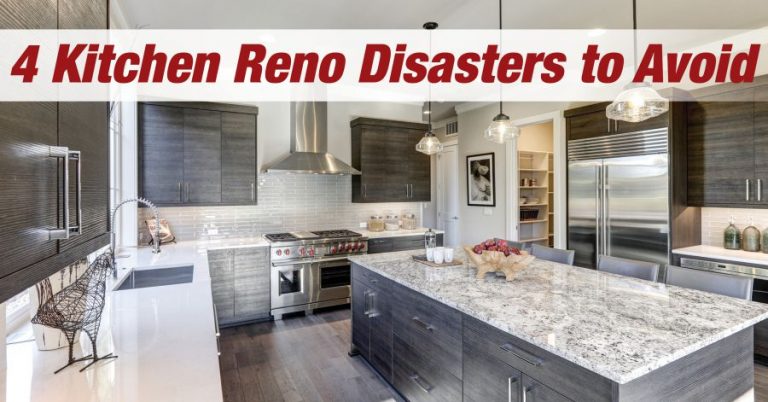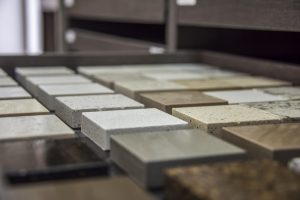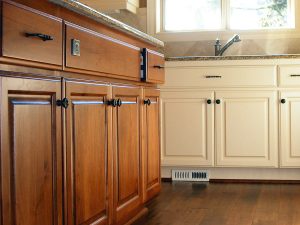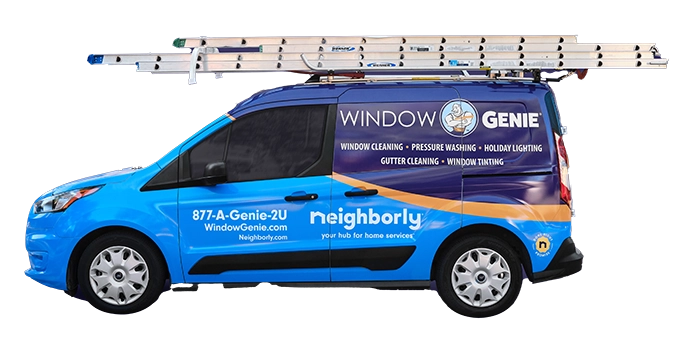
One of the easiest and most profitable renovations (if done correctly) you can do to your home is in the kitchen. Kitchens can be a strange place. It’s a room in your home that sees the hard work of cooking a delicious meal, but it can also be a relaxing space to enjoy your family. It’s also a room that is simultaneously personal and social. Because of this duality, it’s important to understand what materials you might want to avoid when remodeling.
Soapstone

Even though this type of material has several advantages, one of the biggest drawbacks is that it is very soft. Many homeowners that have installed soapstone countertops are surprised when they discover that this material is very soft. A kitchen countertop is often abused by dishes, keys, and cookware. If you are very active in your kitchen there is a good chance that it will end up scratched or dented. In the beginning, soapstone countertops typically look great. After about 5 years of use under normal circumstances, it will look like a very worn countertop. At that point, you might find yourself wanting to replace it with something more durable, like granite. Another thing to keep in mind is if you use cast-iron pans, soapstone won’t be for you. Soapstone counters and hard cast-iron cookware don’t work well together.
Thermofoil Cabinet Fronts

There are many benefits to thermofoil cabinets because of their resistance to moisture. This makes them the ideal choice for bathroom cabinets, where humidity is always going to be a factor. But when it comes to the kitchen, especially low-end brands, these cabinets might not work. Contrary to its name, there’s no foil. It’s actually vinyl, which is heated and molded around fiberboard. These cabinets are generally not very heat resistant. The cabinets close to ovens will delaminate very quickly. The wood underneath is usually low quality, so any compromise in thermofoil will prove to be fatal.
Bamboo Flooring

Bamboo flooring is an extremely stylish and trendy choice in today’s remodeled homes. There are certainly aspects of bamboo floor that are advantageous, but most of those advantages can be negated when it comes to the kitchen. Much like soapstone, bamboo is very soft. Because of the softness, a kitchen that is active might see dents, scratches, and warps after only a few years. Bamboo is more resistant to water damage than typical hardwood floors, but in a humid environment, the material can begin to crack and warp. Bamboo flooring has also been known to release toxins if it isn’t certified by the Forest Stewardship Council.
Flat Paint

If your wall has imperfections like uneven texture, patches or joints, flat paint will absorb light and make them less noticeable. However, flat finishes are not very durable and need to be carefully cleaned. Scrubbing flat paint could wear down the finish and cause sheen to appear in patchy spots. Flat paint has that sophisticated, velvety, rich look we all love. But keep it in the bedroom. Flat paint, also known as matte paint, has durability issues. If you try to wipe a splatter off your wall, you’ll ruin the paint job. The textured nature of flat paint makes it a disaster in the kitchen.
Remodeling a kitchen can be a tough task. There are so many choices to make. Counter tops, cabinets, paints, and everything in between. The most important thing to think about when you are making these choices is the future. Making trendy choices now might now be worth it in the long run.
